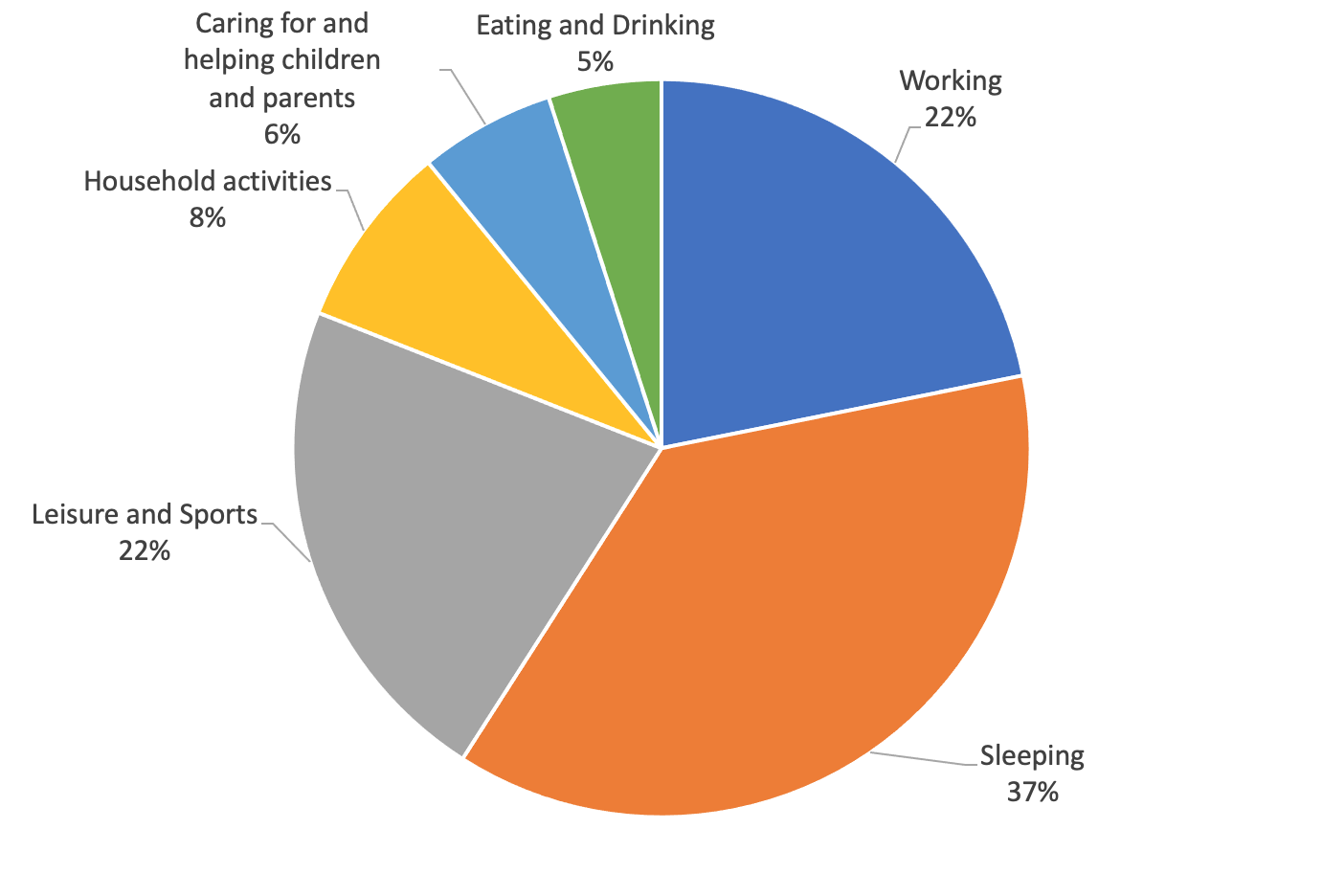With all the drama surrounding the Householder trial for racketeering, it can be easy to forget the bill behind the former Ohio Speaker of the House’s alleged $60 million payoff from First Energy power company.
House Bill 6 had four major impacts. It required power consumers to bail out two massive nuclear power plants in northern Ohio. It also required Ohio ratepayers to bail out two coal plants: one in Ohio, one in Indiana. It reduced energy efficiency standards, requiring Ohio utilities to reduce energy use by 17.5% rather than the previous goal of 22%. Lastly, it reduced Ohio’s renewable portfolio standard, requiring utilities in Ohio to generate just 8.5% of their power from renewables, lowest in the country among states with standards.
I want to focus on the last impact: reducing Ohio’s renewable portfolio standard.
In 2008, Ohio unanimously passed Senate Bill 221, a bill to require 12.5% of Ohio’s energy to be produced from renewable sources. It was an optimistic time for Ohio’s energy transition.
This optimism started to fray in the 2010s. In 2014, a group of state senators led by now-Congressman Troy Balderson pushed through a bill to freeze the standards in place until 2017. Balderson had originally called for a “permanent freeze” but had it changed to temporary after negotiations with the Kasich administration.
In 2019, Householder pulled off what Balderson couldn’t. With HB 6, he reduced the final goal for Ohio’s renewable energy to 8.5% and pushed back its date from 2022 to 2026.
What will this mean for Ohio? Scioto Analysis released a study in 2021 on carbon emission reductions which found that renewable portfolio standards could be as effective as a carbon tax or a cap-and-trade program at reducing carbon emissions in the state.
We looked at two approaches: a renewable portfolio of 25% by 2026 based on Michigan’s renewable portfolio standard and a renewable portfolio standard of 80% by 2030 and 100% by 2050 based on Maine’s renewable portfolio standard.
We found that both approaches would be effective at reducing carbon emissions in Ohio and would both drive the global cost of these emissions down from over $45 billion a year to under $25 billion a year.
Reducing reliance on coal and natural gas for power would have ancillary benefits as well. Burning of coal releases contaminants into that air that can lead to respiratory illness. Extraction and production of natural gas can have similar impacts as well as lead to a range of other health impacts.
Use of fossil fuels also poses health equity problems for communities. A 2021 study published in Science Advances found racial-ethnic minorities in the United States are exposed to disproportionately high levels of ambient fine particulate air pollution (PM2.5) than white populations, further compounding inequities already experienced between racial groups. Since Black Ohioans already experience poverty at rates nearly three times as high as white Ohioans, this just compounds inequities in the state.
It’s not often that scandal is so closely wedded to policy, but right now Ohio is dealing with this biggest racketeering charge in history, which stemmed from negotiations over its biggest piece of environmental legislation of the century. Let’s hope we can learn from this and find ways to keep both our air and our politics clean.
This commentary first appeared in the Ohio Capital Journal.
















